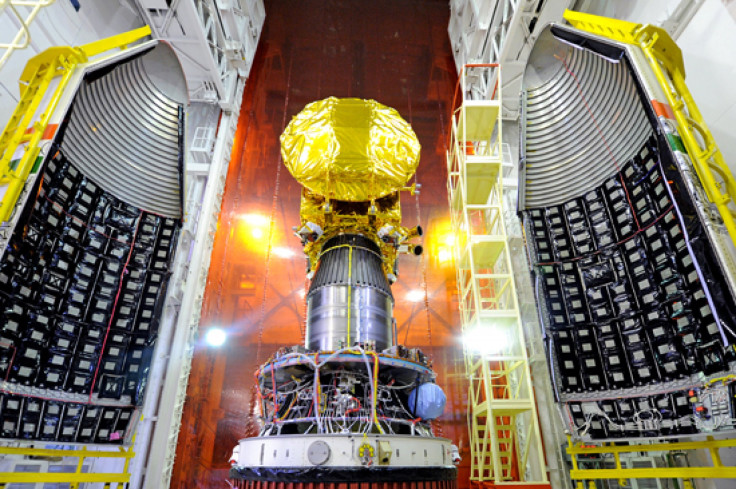India's Space Agency Set For First Mission To Mars, Will It Succeed Where Other Countries Have Failed?
The Indian Space Research Organization, ISRO, is launching a probe to Mars on Tuesday and is feeling confident despite the tricky nature of the mission. The Mangalyaan probe will study the Martian atmosphere for 300 days but success is far from guaranteed.

According to Agence France-Presse, previous missions to Mars have a high failure rate; just 21 of 51 missions have been successful. Most recently, China and Japan both failed in their attempts to reach Mars. Of the six active missions, five are run by NASA; the Mars Curiosity rover, the Mars Reconnaissance Orbiter, 2001 Mars Odyssey and Mars Exploration Rover Opportunity. The other active Mars mission is conducted by the European Space Agency, ESA, the Mars Express Orbiter and Beagle 2.
ISRO’s Mangalyaan probe is one of three planned missions to Mars, NASA will launch the Mars Atmosphere and Volatile Evolution, MAVEN, mission on Nov. 18 and ESA is planning the ExoMars mission for 2016, reports the Planetary Society. The probe cost 4.5 billion rupee, around $73 million, and it will be India’s first attempt to reach Mars. As noted by the Associated Press, no country has successfully reached Mars on their first try but ISRO is treating the planned mission as a learning exercise.
K. Radhakrishnan, chairman of the ISRO, said to AP, “We want to use the first opportunity to put a spacecraft and orbit it around Mars and, once it is there safely, then conduct a few meaningful experiments and energize the scientific community.”

ISRO described the Mars Orbiter Mission as a “technological missions” due to the “critical mission operations and stringent requirements on propulsion and other bus systems of spacecraft.” On the technological side, ISRO is testing the Mars orbiter’s ability to withstand the launch, enter the Martian atmosphere and orbit around the planet. ISRO will also test the orbiter’s communication and navigation systems.
The Mars orbiter will examine the Martian surface and atmosphere with several onboard scientific instruments. Mangalyaan will be equipped with a Lyman Alpha Photometer, to measure deuterium and hydrogen, and a Methane Sensor for Mars to study the planet’s atmosphere. The orbiter will have a Mars Exospheric Neutral Composition Analyzer as well as a Mars Color Camera and a Thermal Infrared Imaging Spectrometer to study Martian particles and surface features.
India spends $1 billion a year on its space program, including the development of satellites and communication systems that are used to predict natural disasters, and previously had success with its lunar mission, the Chandrayaan-1 orbiter discovered evidence of water on the moon, reports the Associated Press. Mangalyaan will launch on Nov. 5 and is expected to reach Mars in 2014.
© Copyright IBTimes 2024. All rights reserved.












